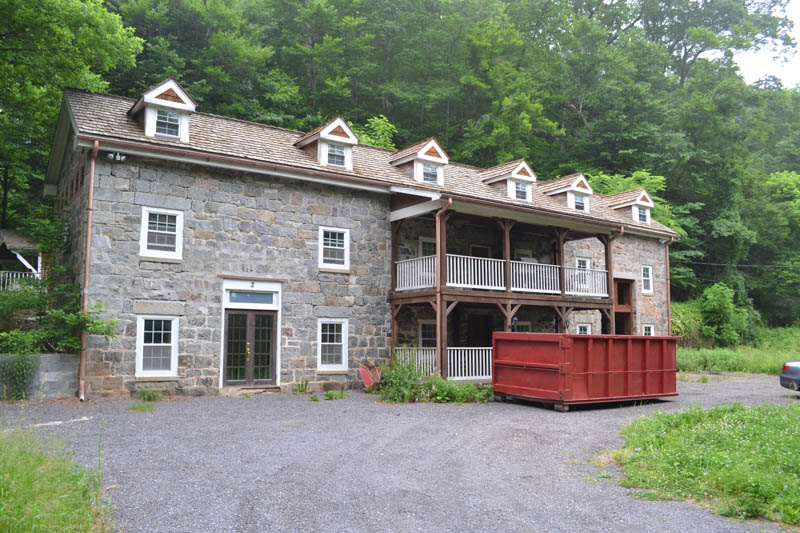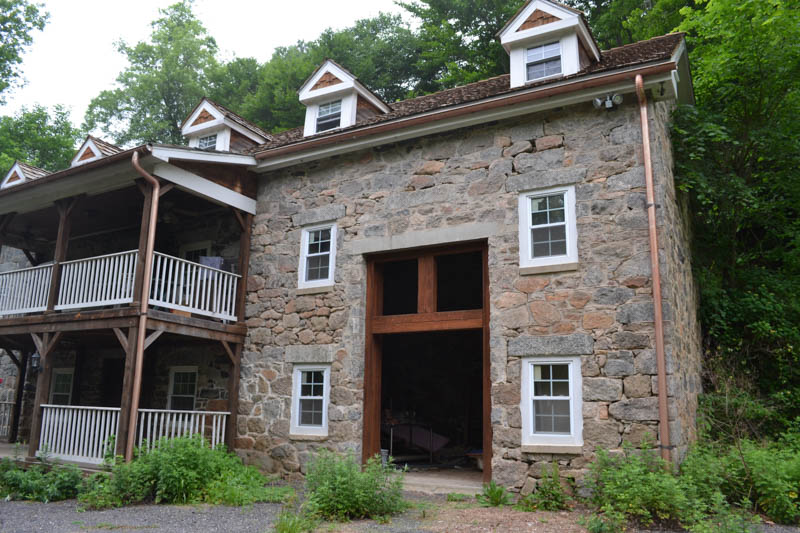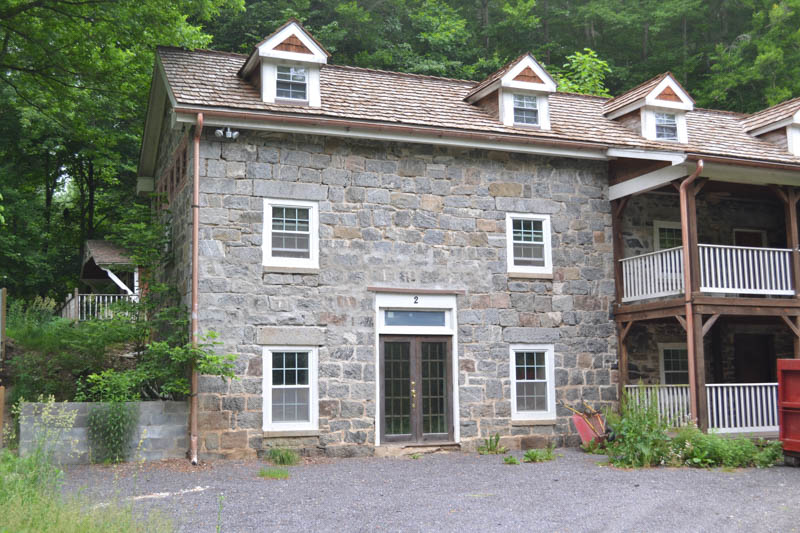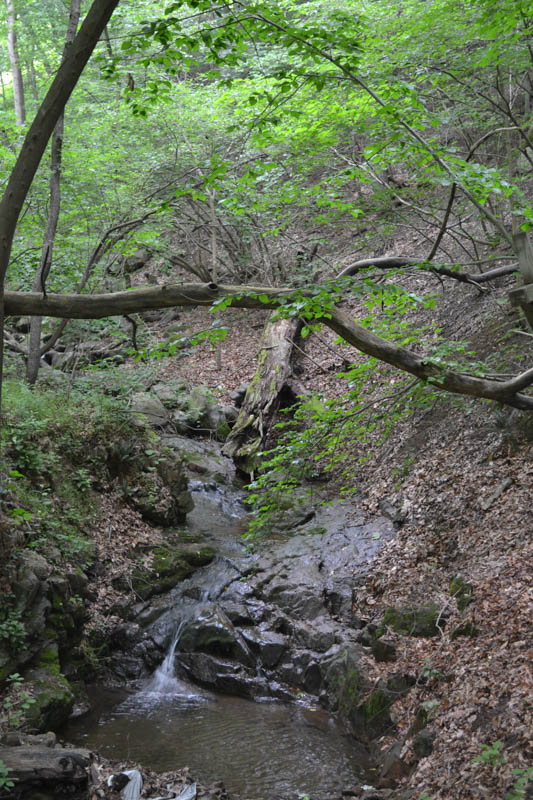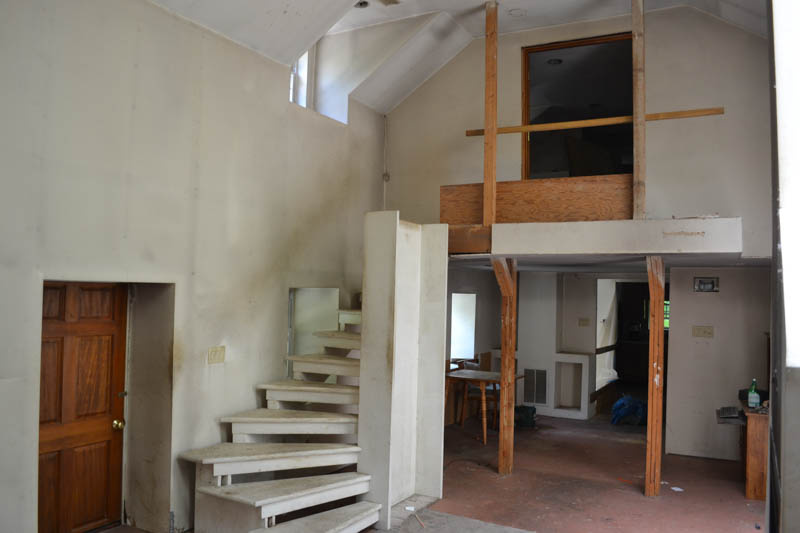Does living in a historic house located within one of Maryland’s scenic State Parks, Natural Resource Management Areas or other protected state lands sound like a dream come true? Gray’s Mill in Patapsco Valley State Park is now available through Maryland’s Resident Curatorship Program.
Gray’s Mill in Patapsco Valley State Park
In the early 19th century, Edward Gray purchased the property which now bears his name, and began a cotton textile mill which remained in operation almost until the end of the century. The property endured a number of years of vacancy, floods, and other industrial uses until it was purchased by the State of Maryland in 1963. Gray’s Mill is now included as a part of Patapsco Valley State Park in Baltimore County, Maryland.
The Department of Natural Resources is seeking private or non-profit partners to ensure the continued preservation of Gray’s Mill. Preference will be given to applications which provide for regular public programming and/or amenities which are consistent with DNR’s mission and enhance the interpretation of this important historic site.
Tenants will be responsible for all expenses associated with repair and maintenance of the structure and grounds. Specific lease terms will be reviewed with individual applicants depending on the nature of their proposal.
MORE INFORMATION
- The Gray’s Mill Request for Proposals is due by August 5, 2016
- Go to the Resident Curatorship Program homepage for information on this and other available properties:
- Contact Program Manager, Peter Morrill at peter.morril1@maryland.gov or 410-260-8457
- Gray’s Mill. Photo from Maryland DNR.
- Gray’s Mill. Photo from Maryland DNR.
- Photo from Maryland DNR.
- Gray’s Mill. Photo from Maryland DNR.
MARYLAND DEPARTMENT OF NATURAL RESOURCES RESIDENT CURATORSHIP PROGRAM
The Resident Curatorship Program was begun in 1982 in an effort to preserve state-owned historic resources. As the largest landholder in the state, Department of Natural Resources (DNR) owns many historically significant sites and structures. Some of these, like Fort Frederick in Washington County or Rock Run Mill in Harford County, are operated as museums while others are used for park operations and staff housing. Unfortunately, given the realities of tight budgets and an excess of buildings, not all of the historic structures in the department’s portfolio can be maintained.
This is where the Resident Curatorship Program comes in.
Rather than allow these historically significant properties to fall into ruin, the Resident Curatorship Program offers them to the general public for restoration. Curators are responsible for all costs associated with restoration and maintenance of the property but receive life tenancy free of rent in exchange for their efforts. Because the property remains in possession of the state, it is also exempt from state-levied property taxes.
Since its inception in 1982, the program has grown to include 48 properties throughout the state and has leveraged over $11.6 million dollars of private investment in state owned real estate. This successful program has been the model for similar efforts in other states such as Massachusetts and Delaware.

